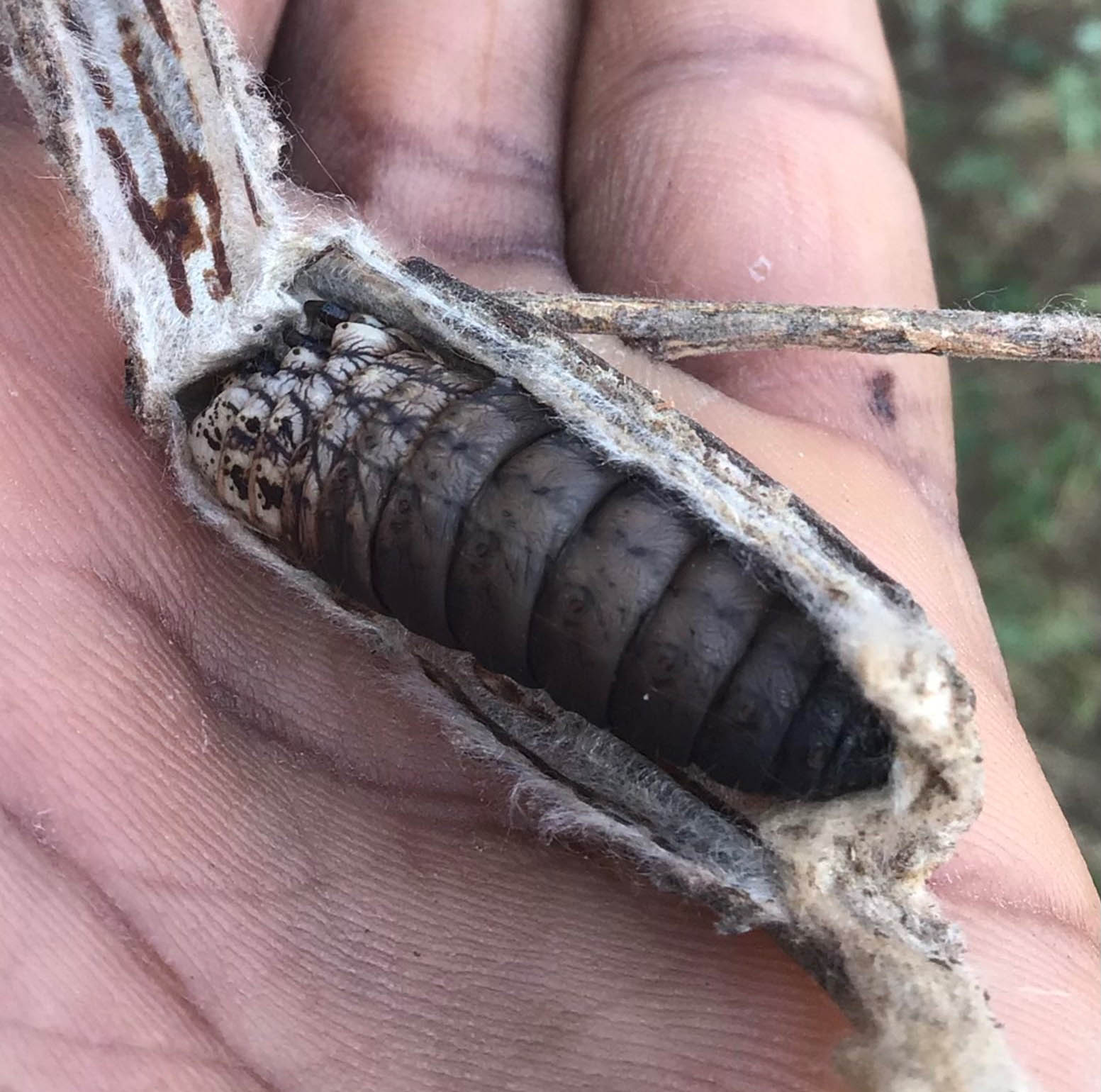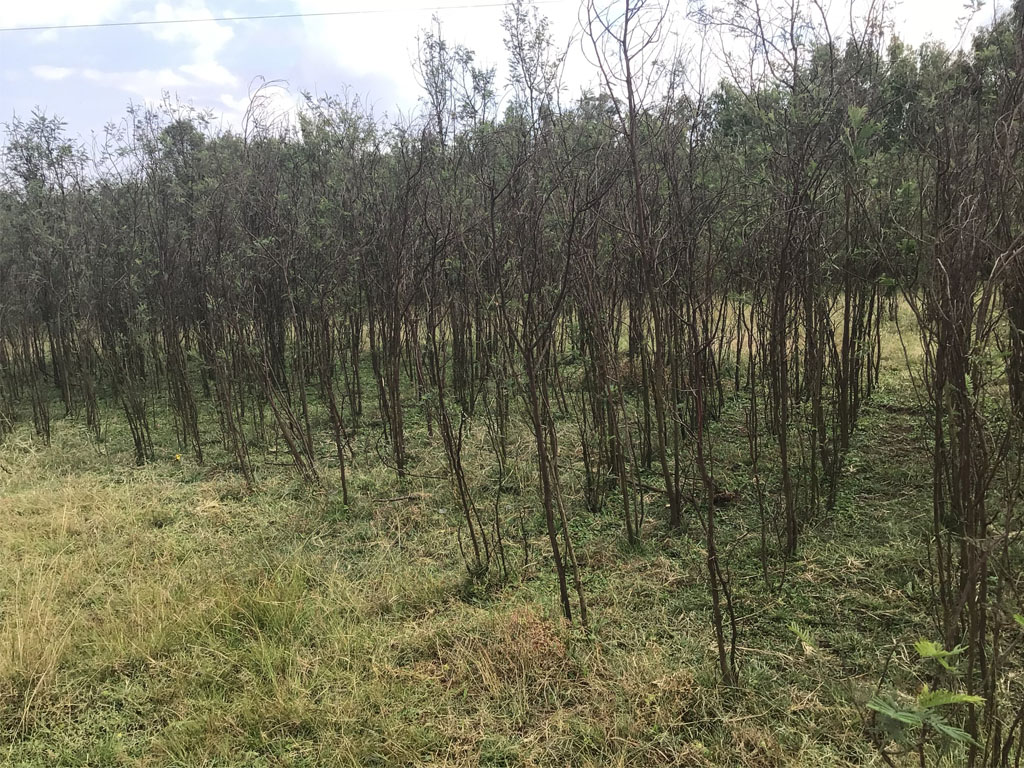Australian and Ethiopian researchers are collaborating on a to tackle emerging pests and diseases threatening a highly profitable and environmentally beneficial tree in Ethiopia.
Acacia decurrens Willd, more commonly known as black wattle or early green wattle, has seen a recent surge of pest damage in nurseries and plantations across the East African country.
As a fast-growing tree, acacia decurrens can be harvested only after 4 years and contributes significantly to Ethiopian livelihoods. Local farmers use the tree as forage for livestock and its timber to generate short-term economic benefits through the sale of charcoal and fuelwood. Smallholder farmers have given it the name ‘Black gold’ or Black sesame due to its profitability.
However, recent reports from growers and researchers at the Ethiopian Environment and Forest Research Institute () have found a sharp increase in scale insects, bagworms, termites, and fungal pathogens. One preliminary pest survey at an infested nursey discovered seedlings to 3-year-old plants severely dried out and dead at plantation sites.

Dr Nora Devoe, ACIAR Research Program Manager, said emergence of these pests and diseases has the potential to impact agricultural production but is optimistic about the effort to combat the pests.
‘Acacia decurrens is so important to smallholder farmers’ food security and livelihoods that the sudden devastation calls for urgent action. With combined Ethiopian, Australian and South African expertise, we should be able to get on top of this very quickly.
‘Adding the Australian and South African expertise and networks to the Ethiopian effort will enable definitive identification of the primary damaging agent,’ said Dr Devoe.
While a native species in Australia, acacia decurrens has been naturalised in Africa and thrives in Ethiopia as an important ecological and economical tree species. It has become the dominant species in the Awi zone, specifically the Fagita Lekoma, Banja, and Ankasha Gagusa Districts where the trees cover 60% of the land in plantations established for afforestation and reforestation.

Additionally, in landscapes settings, the tree is used for soil improvement and conservation through reclamation of acidified soils and rehabilitation of degraded land.
‘This tree is an introduced species native to Australia that has experienced a long honeymoon period free from pests and diseases. However, its productivity is now under threat from severe pest pressure,’ said , co-project leader at the University of Sunshine Coast.
‘In partnership with Ethiopian researchers, we aim to research key pests and pathogens of acacia decurrens in plantations and nurseries, identify, monitor pest distribution and test the efficacy of integrated pest management solutions.’
The results of the 6-month research activity will provide more insights on the pests and pathogens associated with A. decurrens and the efficacy of the control options through the results from the IPM field trials.
The is implementing the project in partnership with , , and the of the University of Pretoria, South Africa.
Learn more






